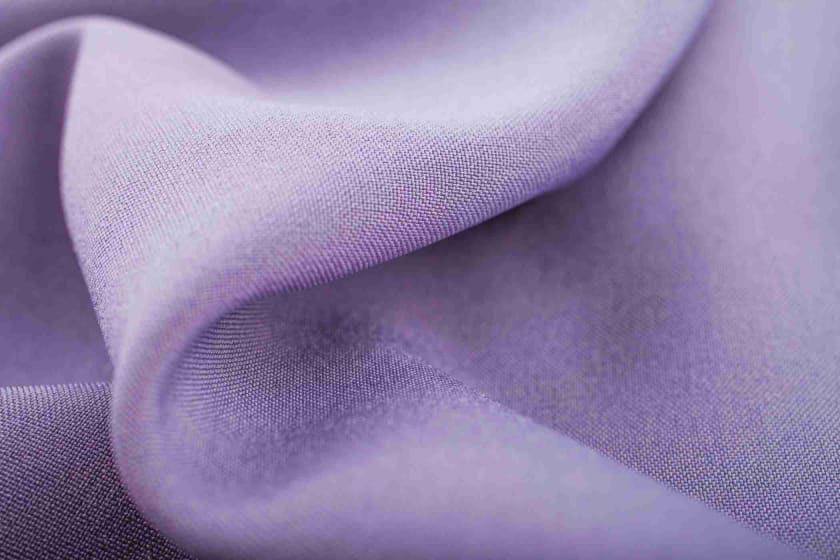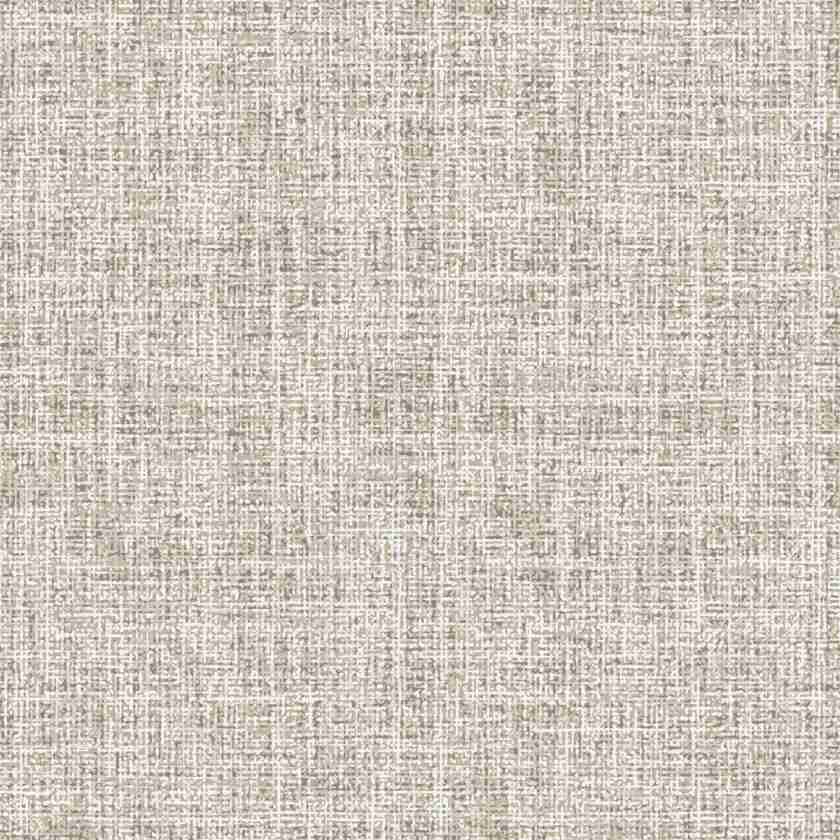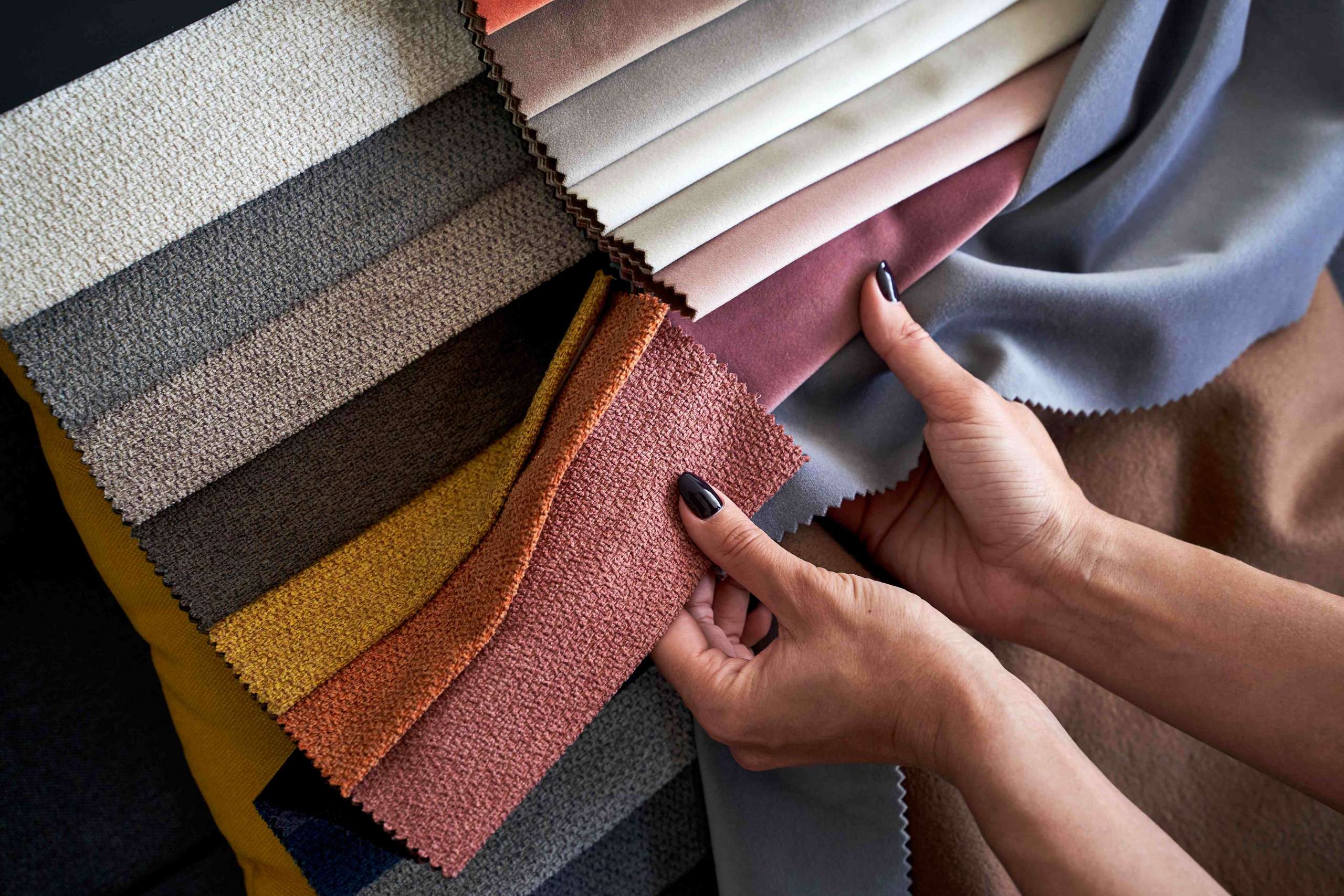How to Best Use Textured Fabric for Manufacturing Home Decor?



Texture and textiles go hand in hand. Interiors are going way beyond just colored concepts of textiles but adding interwoven fabrics to a gradient. A good play of textures in a space can make or break the settings. Work with textures, either by changing the patterns or by substituting the fabric.
Textured fabric usage can be seen in pillows, floor rugs, table mats, blankets, and upholstery. A textured cloth is created by using flexible fabric yarns into multiple variants of interlocking yarns to create a design that is in itself a pattern.
Seldom do people use textiles as the last component of designing the interiors of a space. On the contrary, choose textiles first and then build spaces around them. The textiles texture plays a crucial role in defining the outlines.
Read on to find more on how you can put a textured cloth to the best use in your home or office. A textured cloth is usually available in multiple color combinations. They can be light or dark, subtle or bright, or with abstract or definite designs.
When choosing a textile cloth for any space, aim to depict the mood of the space. A living room has cozy comfort vibes; choose subtle comforting colors. Bright colors and too much variability in the clothing's texture can make it agonizing. The areas of focus for texture cloth usage in a living room are the floor, sofa sets, curtains, and cushion covers. Sofa fabric texture plays an essential role in giving an illusion of depth and clutter-free. Light colors for sofa fabric textured cloth will give an appearance of openness and clarity. The textures of a sofa fabric are enhanced by the use of cushions covers. Cushion covers add variance to the pattern. If you have a plain textured sofa fabric, then add mixed patterns of cushion covers.
Textured textiles come in different varieties of fabrics. For example, a clothes texture for sofa fabric should be smooth and even, but to withstand rough times choose velvet, polyester, or rayon.
Use complementary color palettes to play around spaces. You can use two colors or even shades of one color. While using textures, use one texture as the primary color and the other as secondary to reinforce the elements and objects.
The use of textured cloth for curtains is another simple yet essential component of home decor. A room with a shorter roof can be made to look elongated with the use of a vertical stripe pattern and enhanced length of the walls.
Creating textures and patterns has now shifted to using wallpapers. Wallpapers are an easy way to create textures on walls. Pictures and frames can also be highlighted using wallpapers. Textured wallpapers are available to give a three-dimensional effect.
How to play with textures?

Draw inspiration: textures are essentially an inspiration from your surroundings. For example, nature gives you textures in abundance. Using shades of green starting from light green on the walls and ending with a darker green rug on the floor and breaking the pattern with a white cushion cover. The universe is filled with different shades of amusing textured textiles.
Patterns vs. colors: induce patterns and reduce the use of multiple colors. Too many colors in one space diminish uniformity and substance. Choose a single color palette and induce patterns to the same color.
Layering the right way: textures can be intimidating. If you don't layer the right way, you can end up with a total disaster. Silky textures go well with raw silk, rayon, polyester, and sequins, whereas cotton, flax, khadi, and linen can be categorized together. Because there are so many elements in a room, use textures accordingly, for example, the sofa fabric texture can be raw silk, and the bedsheets can be soft silk.
Space specifications: all spaces have different sizes and different highlighting areas. Remember to focus and highlight the area. Use objects to break the flow of patterned textiles. The use of the right patterns can make a room look larger or smaller. You should be working on what your requirement is.
The textiles and textile textures can tell so much about the personalities of people living in those spaces. Using the right amount of textures and patterns in the textiles can help you turn around the look of the space. Appropriate usage of textured fabrics for upholstery, rugs, and curtains is an essential component of home decor designing often ignored at the beginning of space designing.



















